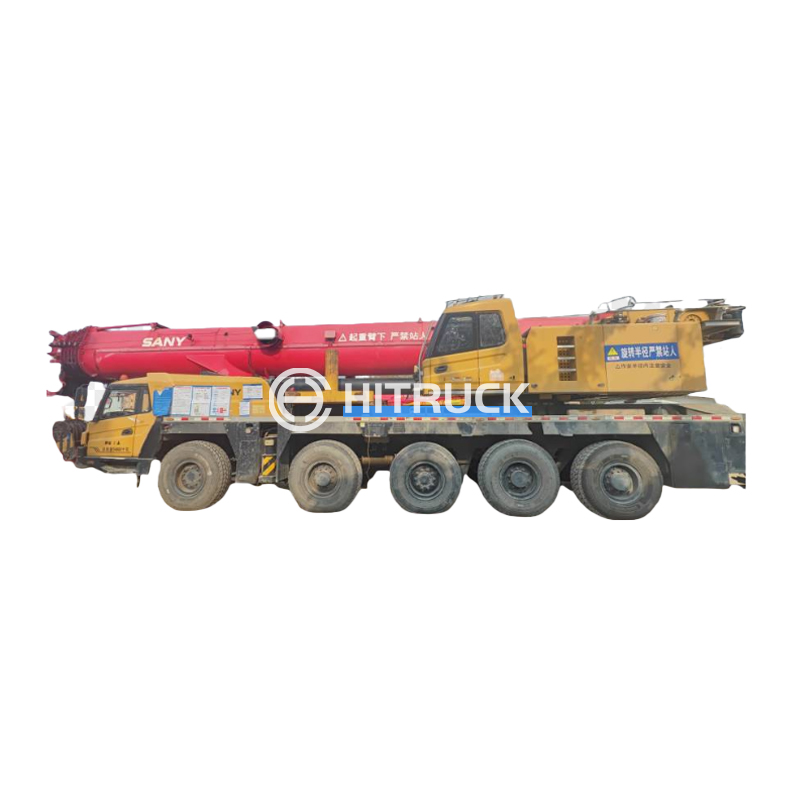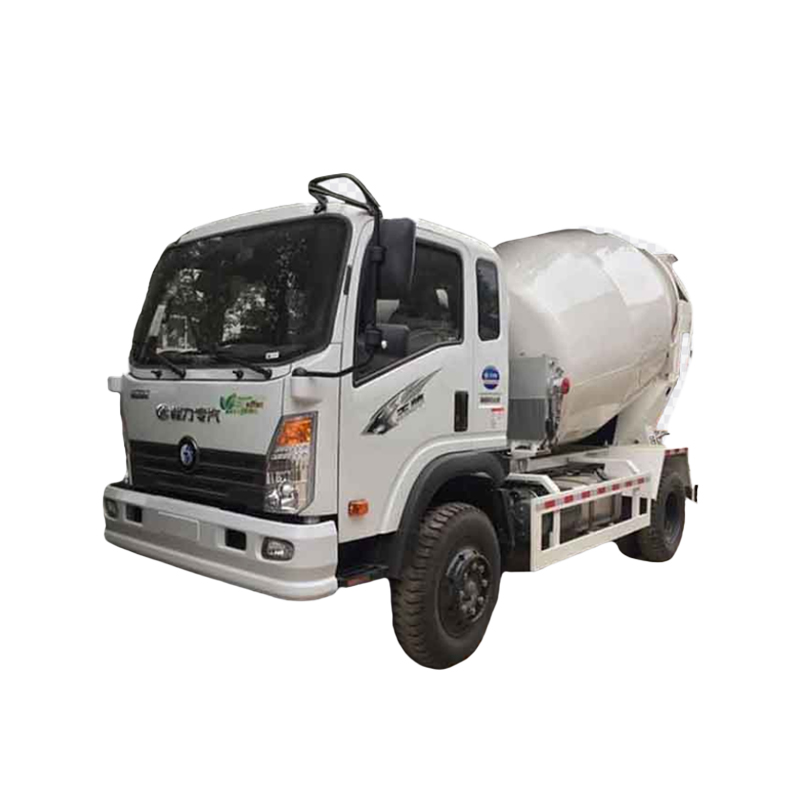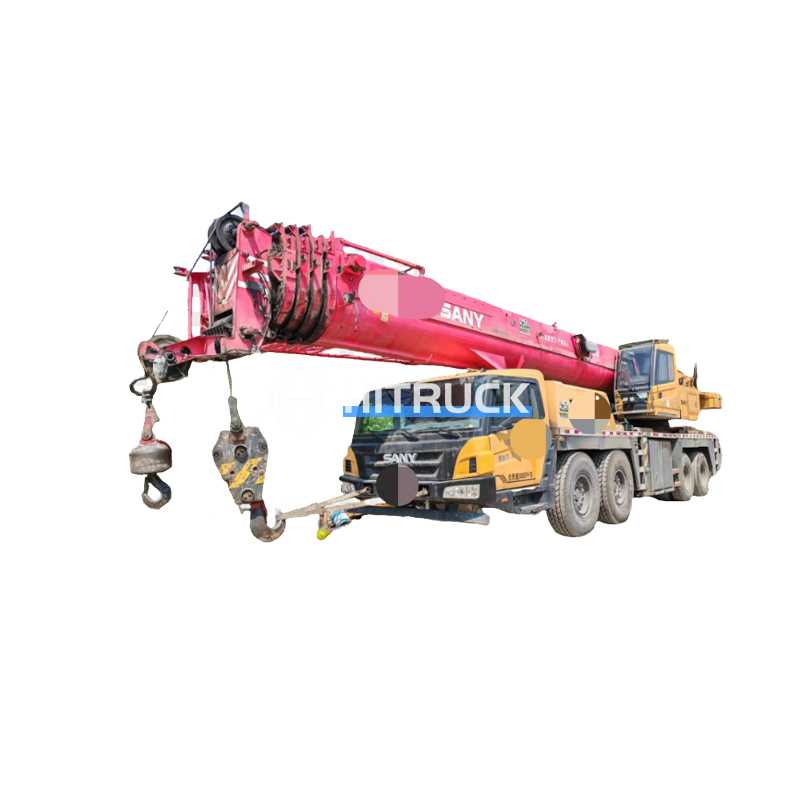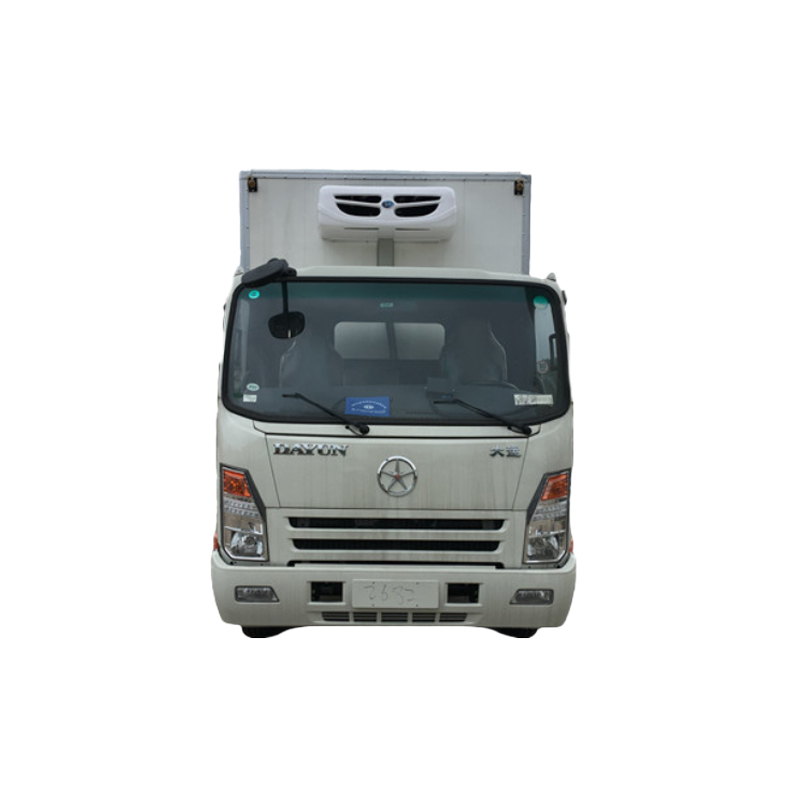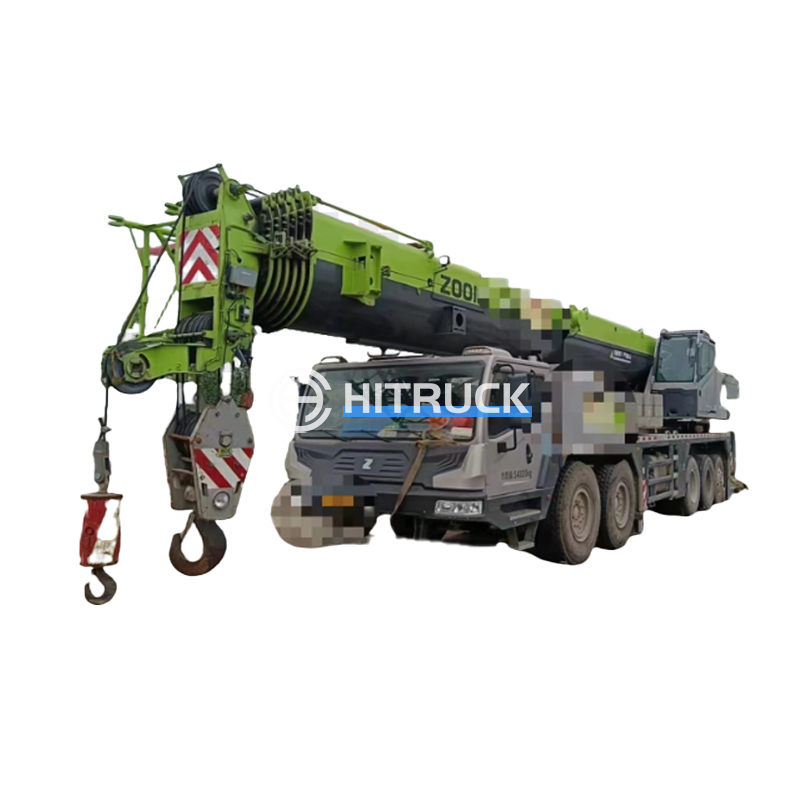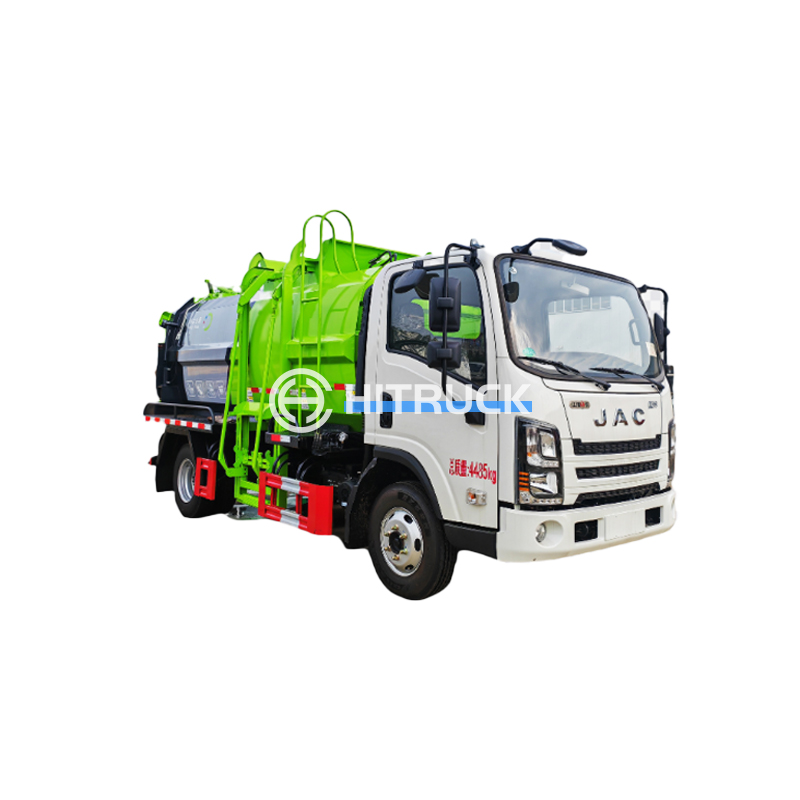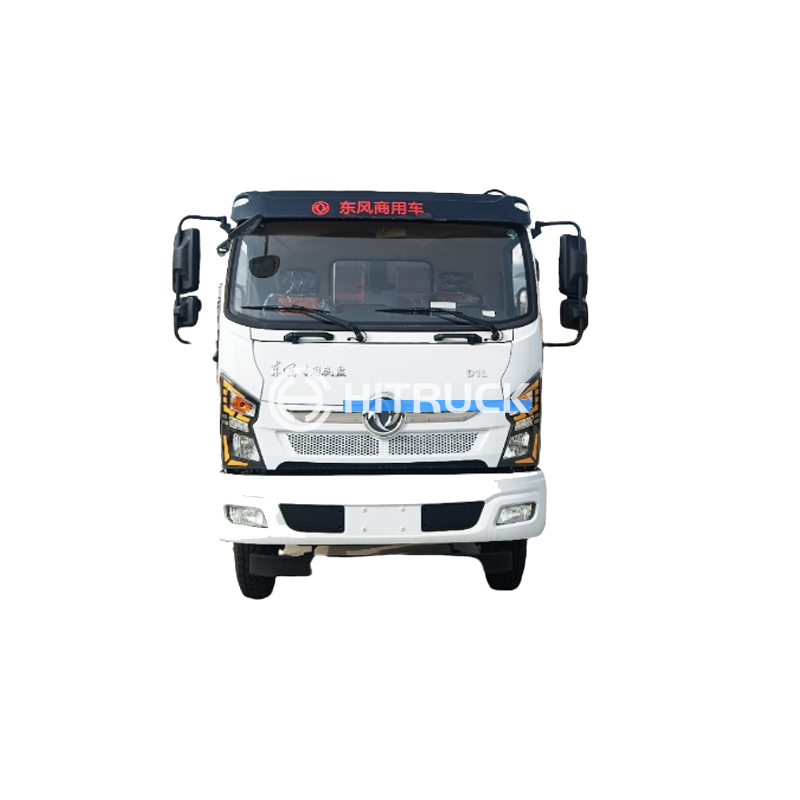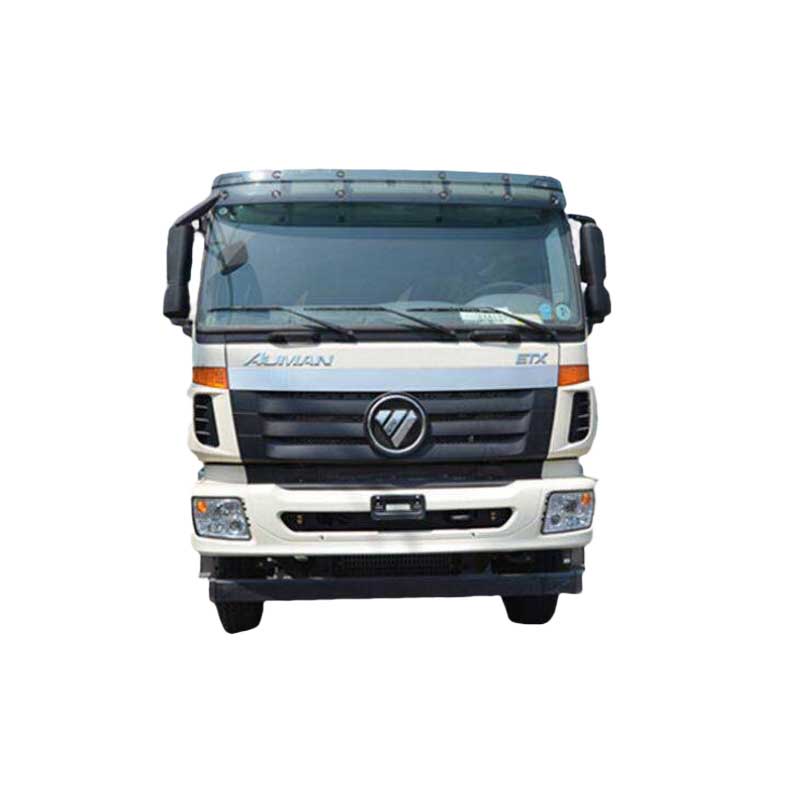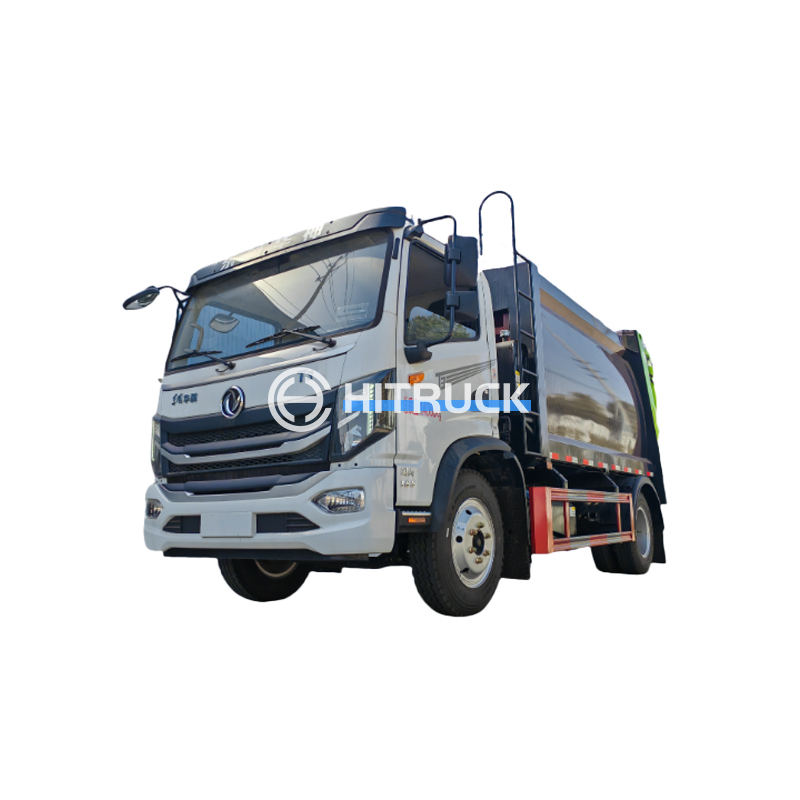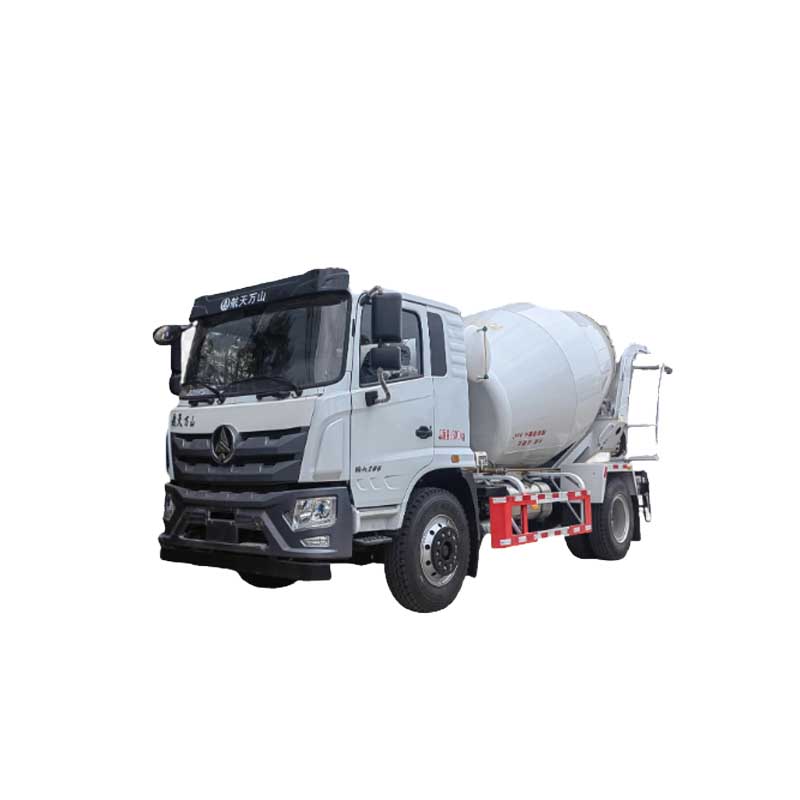This comprehensive guide explores the world of magnetic overhead cranes, covering their operation, applications, advantages, and considerations for selection and maintenance. We delve into the specifics of different types and provide insights to help you choose the right crane for your needs. Learn about safety protocols and best practices to ensure efficient and safe operation.
A magnetic overhead crane is a type of lifting equipment that utilizes electromagnets to lift and transport ferrous materials. Unlike traditional overhead cranes that rely on hooks or other gripping mechanisms, magnetic overhead cranes offer a highly efficient and versatile solution for handling steel, iron, and other magnetic materials. They are commonly used in steel mills, scrapyards, foundries, and other industrial settings where the movement of large quantities of ferrous materials is required. The power and speed of these cranes greatly improve material handling efficiency compared to other methods.
Several designs of electromagnets exist for magnetic overhead cranes, each offering unique characteristics. These include:
The choice depends greatly on the specific application and material being handled. Considerations like load capacity, material thickness and shape, and the frequency of operation significantly influence the optimal choice of electromagnet design.
Magnetic overhead cranes come in various sizes and configurations to suit diverse needs. Factors influencing the choice include:
Larger spans generally require stronger supporting structures, while higher lifting capacities necessitate more powerful magnets and robust crane components. Careful consideration of these factors during the procurement phase is essential for optimal performance and safety.
Magnetic overhead cranes provide significant advantages over other material handling methods:
| Advantage | Explanation |
|---|---|
| Increased Efficiency | Faster lifting and handling of materials compared to manual or other methods. |
| Improved Safety | Reduces the risk of manual handling injuries. |
| Enhanced Productivity | Significant improvements in the speed and volume of material handling. |
| Cost Savings | Lower labor costs and increased efficiency lead to cost savings in the long run. |
Safety is paramount when operating magnetic overhead cranes. Regular inspections, operator training, and adherence to safety regulations are crucial. Proper maintenance, including regular lubrication and inspections of electrical components and magnet integrity, is essential to ensure continued safe and efficient operation. For detailed safety guidelines, consult relevant industry standards and regulations. OSHA guidelines provide comprehensive information on crane safety. Regular servicing by qualified technicians is also strongly recommended.
Choosing the right magnetic overhead crane involves careful consideration of your specific needs. Factors to consider include the type and weight of materials handled, required lifting capacity, workspace dimensions, and budget. Consult with experienced crane suppliers like Suizhou Haicang Automobile sales Co., LTD to ensure you select the most suitable equipment for your operations. Their expertise will assist you in navigating the technical specifications and selecting the optimal solution for your unique requirements.
Remember, the selection process should always prioritize safety and efficiency to optimize your material handling operations.

